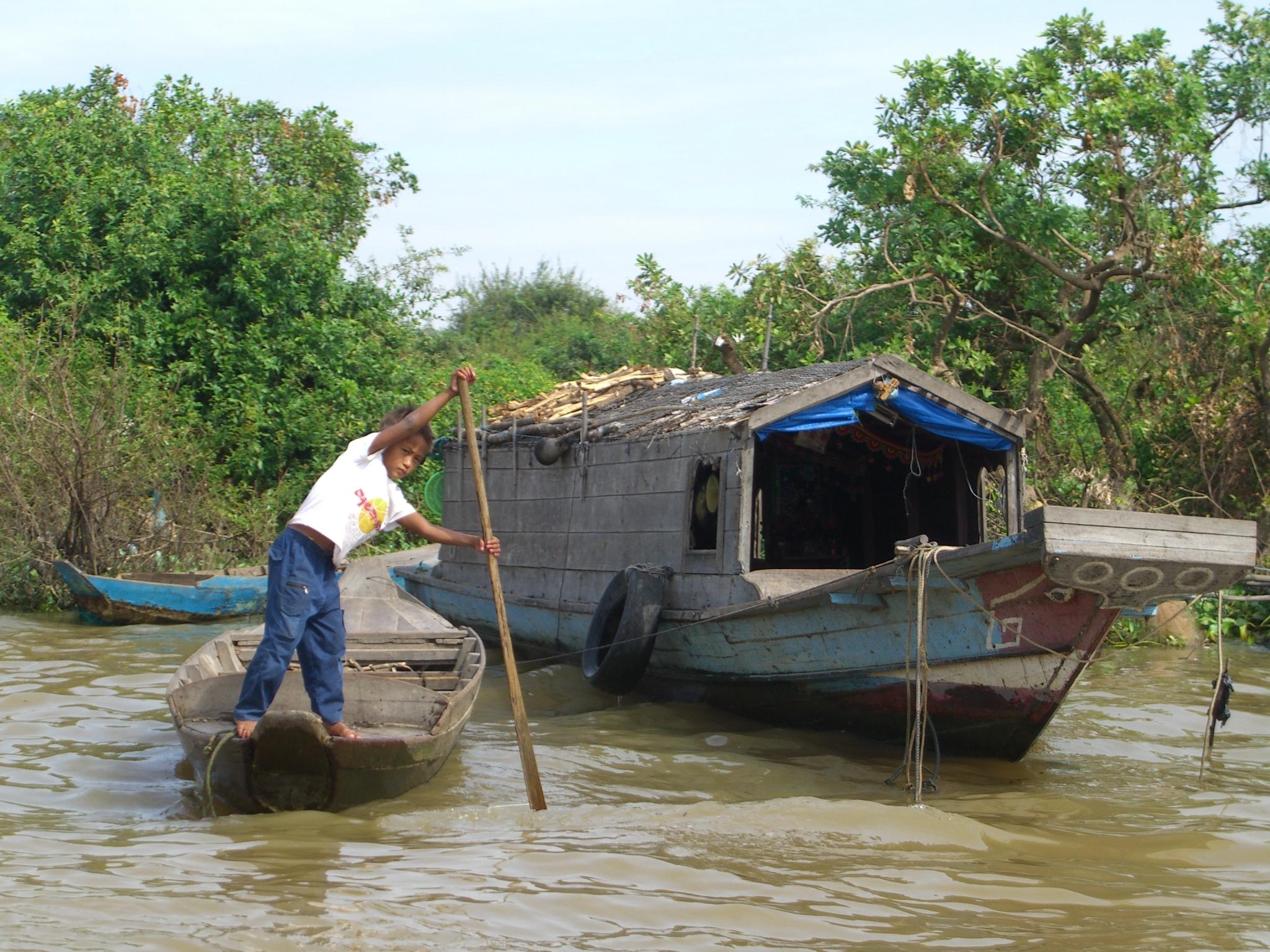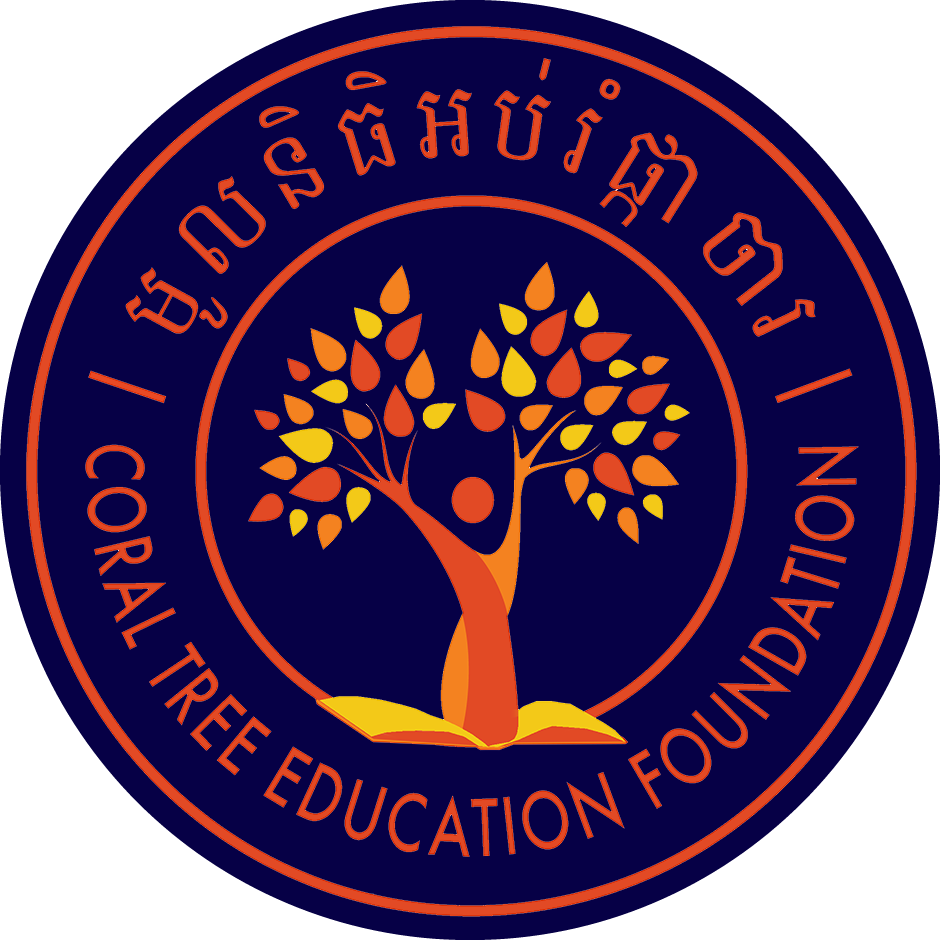
CAMBODIA – Yesterday and Today
Cambodia has a rich history and culture. The people of Cambodia are the Khmer people, and Khmer is the native language of Cambodia. It was home to the Khmer Empire in the 8th through 11th centuries. The Khmer Empire is perhaps best known for the Temple Angkor Wat. This 11th century temple complex is on the UN World Heritage Site List and is the largest religious complex in the world, four times larger than Vatican City. The Khmer Empire was one of the largest and most powerful of its time. It covered most of Indochina, Thailand and Burma. Through laser technologies, archeologists have been able to prove that Angkor, the capital city of the Khmer Empire, was larger than that of any other medieval city. London did not become as large until the Nineteenth Century. In modern days, Cambodia was a French colony for nearly 100 years and gained its independence in the 1950’s.
In the late 1960’s, during the Vietnam War, the U.S. dropped 2,000,000 tons of bombs on Cambodia, an innocent bystander, in an attempt to chase out the Viet Cong hiding in Cambodia. The bombing devastated the ruling government of the Khmer Republic and gave strength to the gorilla troop known as the Communist Khmer Rouges (which means the Red Khmer). Before the bombing, the Khmer Rouges were operating in the jungle without much power, but with the propaganda against the Americans and the current government, and after the devastation caused by the U.S. bombing, the Khmer Rouges gained much support from the Khmer peasant class and eventually won the civil war. They took power in 1975 and began an effort to wipe out the old society. To this end, they executed, tortured and imprisoned nearly all the educated people and their families; children and babies included. People young and old were forced to do hard labor without food, very little sleep, in open fields without shelter, rain or shine. The killings left mass graves all over the land. By the time the Khmer Rouges were driven from power, more than 2,000,000 Cambodians had died. No Cambodian escaped without losing someone in their family. The Cambodian Genocide was estimated to be 5 times larger that of the Rwandan Genocide. By the time the Khmer Rouges were kicked out of power by the Vietnamese troop who invaded Cambodia in 1978-1979, Cambodia lost nearly one half of its population and was left essentially with traumatized children and women and a country with the educational infrastructure completely wiped out.

CAMBODIA TODAY…
The Khmer people are considered among the most gentle in the Southeast Asia and indeed the world. After the fall of the Khmer Rouges, millions have been re-integrated into the world, but millions were left isolated in the countryside. Most, if not all, are scarred by the horrors they witnessed or endured. The violence, which was never seen in Cambodia prior to the Khmer Rouges regime, became a part of the Cambodian everyday life. None of this is apparent on the surface, if you are a tourist who just stops at the touristic parts of the country for a few days.
Today, nearly 40 years after being destroyed by the Khmer Rouges, Cambodia remains one of the poorest, least developed countries in Asia. Cambodia’s standard of health, level of education, and care for the environment is poor.
Cambodia’s population in 2014 was recorded at 15.2 million and 10.1% of Cambodians live on less than $1.25 per day. Cambodia’s Gross National Income per capita in 2014 was $2,948.9. Seventy percent (70%) of the population in Cambodia in 2015 is under the age of 30.
Impoverished young girls are at risk on a daily basis. They are the most likely to be lured or sold into prostitution, or to be pulled out of school and sent to work to support their families, or to take care of their younger siblings. Thousands of young women leave their homes in the countryside to work in the cities in the garment factories to support their families. Girls are not the only ones at risk. In April 2015, the Indonesian Police found male slaves on the fishing boats in the ocean off Indonesia. The majority among them were Khmer men seeking jobs to support their families. They were beaten, starved, forced to do hard labor, and locked up under the boat. It is estimated that there are still hundreds or maybe thousands more slaves out there in the oceans and most are believed to be Cambodians.
In touristic parts of the country, young girls working at massage parlors get paid 25 cents per hour and work 12 hour shifts in order to be able to afford food, and they often share one room with a few other girls. Most of them wish to go to college. From the villages, very few are able to go to college or start a business, and this happens usually as the result of help received from their family abroad or from other NGO’s. Education is the best hope people have to fight poverty and to have a better life. Very young children without better options have to work in the landfills in Phnom Penh and Siem Reap (just outside of the tourist area and the Angkor Wat temple).
Fortunately, the country has been at peace for the last few decades. Foreign influence has been both positive and not so positive. In some cases foreign development devastated the natives’ lives. Jobs have been created but only in tourist areas: the Angkor City, Siem Reap; the beach and islands in Sihanoukville; and in the capital city of Phnom Penh. In the Phnom Penh, high rise buildings are popping up and the first multilevel shopping mall in the country was built by a Japanese company in recent years. Despite the fact that Cambodia is one of the poorest countries in Asia, it continues be the most popular tourist and business destination in Southeast Asia.
The Cambodian people (in 2015, 70 percent are under the age of 30), will be the best hope for the development of Cambodia. Therefore, a good education will be a positive force to help rebuild Cambodia. Cambodian people have already contributed to the world beyond their country’s border. The Garment Factory in Cambodia is the success story. The biggest clothing chain stores such as Gap, H & M, Target, Old Navy, and Anthropologies are supplied by the Cambodian garment workers.
Cambodian people are resilient and smart and have so very much more to offer the world if they are but given the chance!

